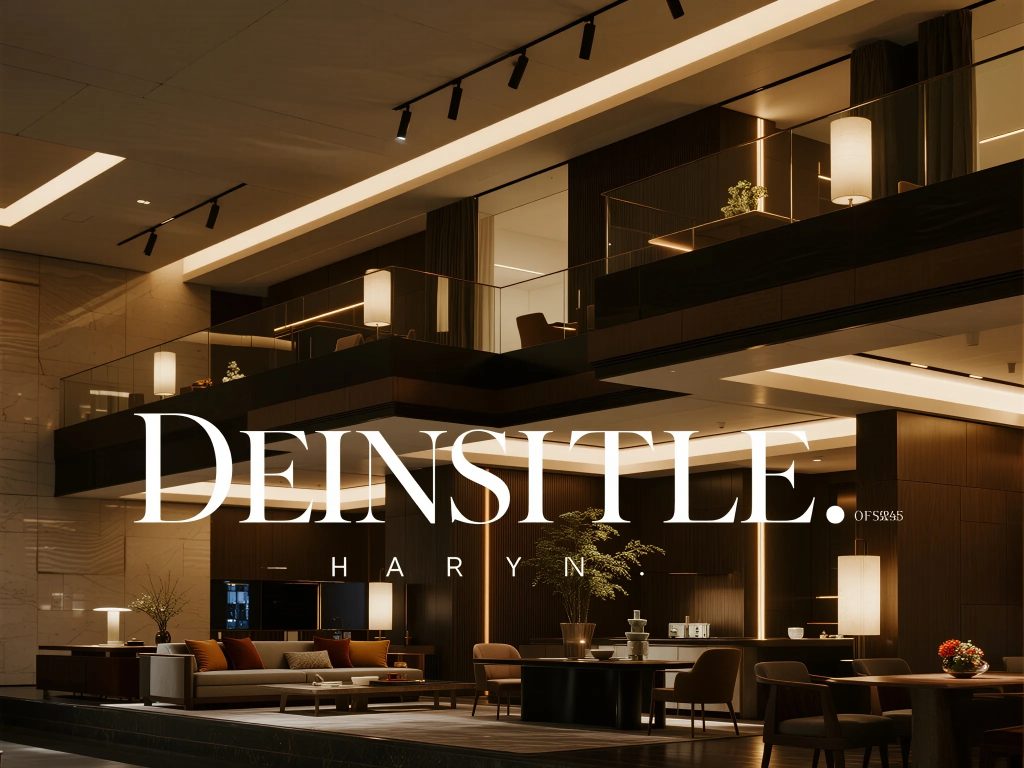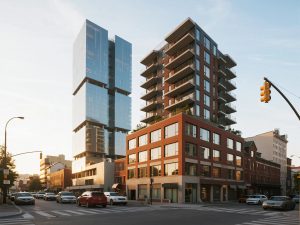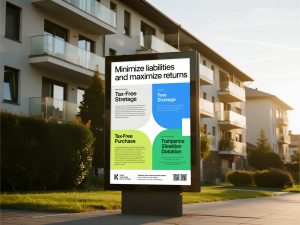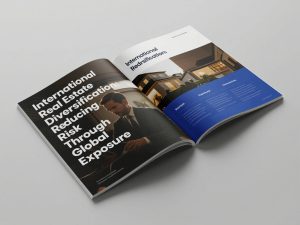Understanding High-End Residential Development Market Dynamics The landscape of high-end residential development represents one of the most sophisticated and lucrative segments of the real estate investment market, offering developers and investors opportunities to create exceptional value through the construction of luxury residential properties that cater to affluent buyers seeking premium living experiences and lifestyle amenities. High-end residential development encompasses a broad spectrum of property types including luxury single-family estates, ultra-premium condominiums, resort-style communities, and master-planned developments that command significant price premiums over standard residential properties due
to their superior design, construction quality, location advantages, and exclusive amenities. The development process for high-end residential projects requires substantial capital investment, sophisticated project management capabilities, and deep understanding of luxury market dynamics to successfully navigate the complex challenges associated with land acquisition, entitlement processes, construction management, and sales execution in competitive luxury markets. Market analysis for high-end residential development involves comprehensive evaluation of demographic trends, wealth concentration patterns, lifestyle preferences among affluent buyers, and competitive positioning strategies that can differentiate new developments from existing luxury housing stock in target markets. The risk profile of high-end residential development includes market timing risks, construction cost escalation, regulatory approval challenges, and sales velocity uncertainties that require careful analysis and mitigation strategies to protect investor capital while pursuing attractive return opportunities. Successful high-end residential development strategies often focus on unique value propositions such as architectural distinction, prime locations, exclusive amenities, and lifestyle benefits that justify premium pricing and attract qualified buyers willing to pay substantial premiums for exceptional living experiences. The financing structure for high-end residential development typically involves construction loans, mezzanine financing, and equity partnerships that provide the capital necessary to fund land acquisition, development costs, and carrying expenses throughout the development timeline.Luxury Condominium Investment Strategies and Market Positioning The specialized investment category of luxury condo investment within high-end residential development offers unique opportunities for developers and investors to create value through the construction and sale of premium condominium units that provide luxury living experiences in prime urban and resort locations. Luxury condominium developments typically feature high-end finishes, premium appliances, sophisticated building amenities, and concierge services that cater to affluent buyers seeking maintenance-free luxury living with access to exclusive facilities and services. The investment thesis for luxury
condominium development often centers on location advantages, scarcity value, and lifestyle benefits that justify premium pricing and create strong demand among high-net-worth individuals seeking primary residences, secondary homes, or investment properties in desirable markets. Market positioning for luxury condominium developments requires careful analysis of competitive properties, pricing strategies, amenity packages, and marketing approaches that can effectively differentiate new projects from existing luxury housing options in target markets. The development process for luxury condominiums involves complex coordination of architectural design, engineering systems, construction management, and sales execution that requires specialized expertise and sophisticated project management capabilities to deliver exceptional results. Amenity programming for luxury condominium developments may include fitness centers, spa facilities, rooftop terraces, private dining rooms, wine storage, and concierge services that enhance the living experience and justify premium pricing compared to standard residential properties. The sales and marketing process for luxury condominiums often involves pre-sales campaigns, model unit construction, and relationship building with luxury real estate brokers who have established connections with qualified buyers in target demographic segments. Risk management for luxury condominium investment includes market absorption analysis, construction cost control, and sales velocity monitoring that can significantly impact project profitability and return generation for developers and investors.Luxury Real Estate Investment Opportunities in the United States
The expansive market for luxury real estate investment USA provides developers and investors with access to diverse geographic markets, property types, and investment strategies that can generate attractive returns while serving the housing needs of affluent Americans seeking premium residential properties in desirable locations. The United States luxury residential market encompasses gateway cities such as New York, Los Angeles, Miami, and San Francisco, where international demand and domestic wealth concentration create strong fundamentals for high-end residential development projects. Regional luxury markets including resort destinations, suburban enclaves, and emerging metropolitan areas offer additional opportunities for developers who can identify underserved markets and create compelling value propositions for affluent buyers seeking luxury housing options outside traditional gateway cities. The demographic trends supporting luxury residential development in the United States include wealth creation among technology entrepreneurs, generational wealth transfer, and lifestyle migration patterns that are driving demand for luxury housing in both urban and resort markets. Regulatory considerations for luxury residential development vary significantly across different states and municipalities, with some markets offering favorable development environments while others impose complex approval processes and regulatory restrictions that can impact project feasibility and profitability. The financing landscape for luxury residential development in the United States includes traditional construction lenders, private equity funds, family offices, and high-net-worth individuals who provide capital for development projects in exchange for attractive risk-adjusted returns. Market analysis for luxury residential development requires understanding of local economic conditions, employment trends, wealth concentration patterns, and lifestyle preferences that influence demand for luxury housing in specific geographic markets. The exit strategies for luxury residential development projects typically involve individual unit sales to end users, though bulk sales to institutional investors or other developers may be considered depending on market conditions and project characteristics.
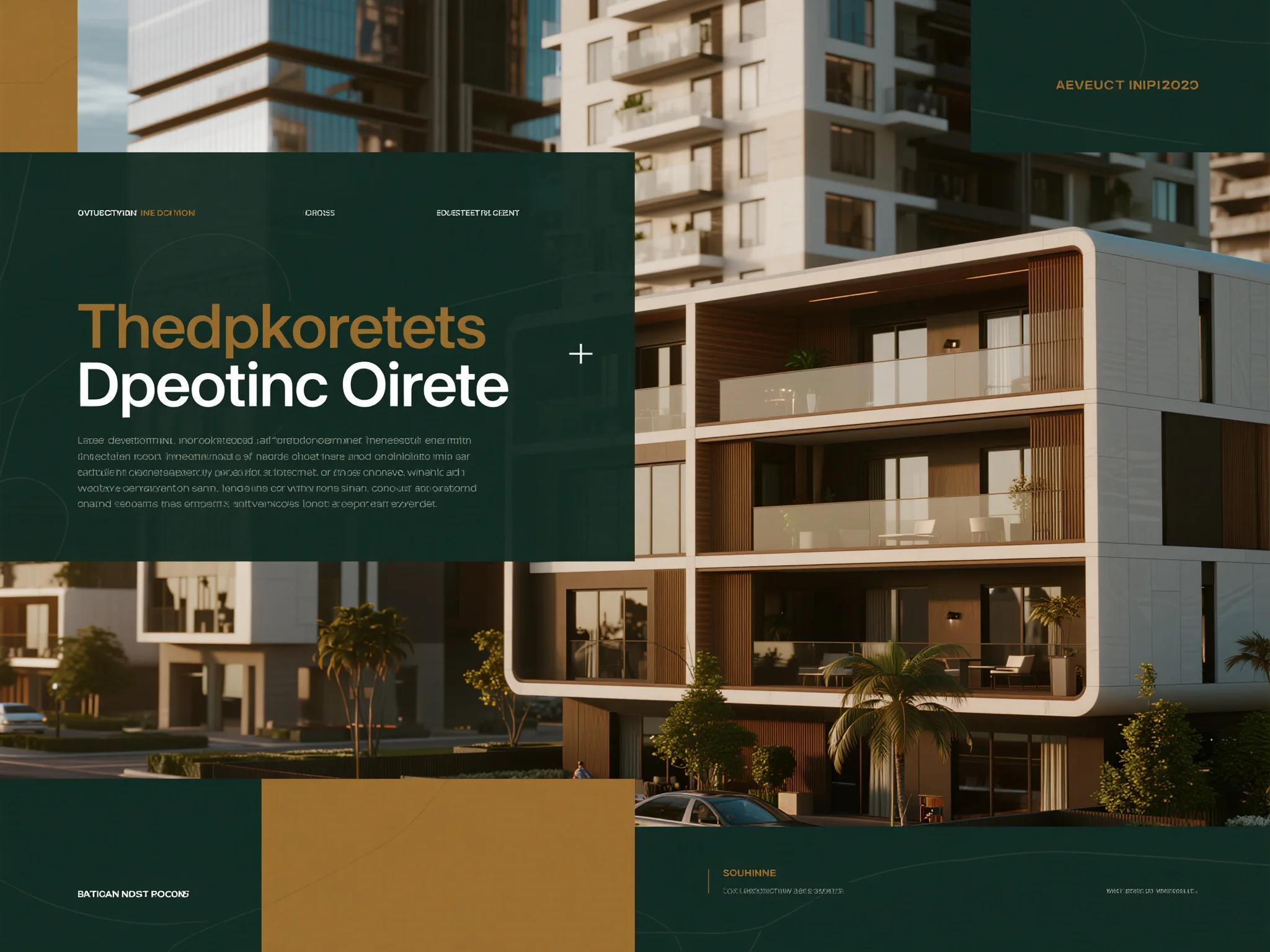
Waterfront Property Investment and Development Strategies
The specialized investment focus on waterfront property investment within high-end residential development represents one of the most exclusive and valuable segments of the luxury housing market, offering developers opportunities to create exceptional properties that command premium valuations due to their irreplaceable waterfront locations and the lifestyle benefits associated with water access and scenic views. Waterfront residential development encompasses oceanfront estates, lakefront communities, riverfront properties, and marina-adjacent developments that provide residents with direct water access, recreational opportunities, and natural beauty that cannot be replicated in inland locations. The investment thesis for waterfront residential development centers on scarcity value, as waterfront locations are finite resources that cannot be created or expanded, creating natural barriers to supply growth that support long-term value appreciation and pricing power. The development process for waterfront residential properties involves additional complexity related to environmental regulations, coastal engineering requirements, flood zone considerations, and permitting processes that require specialized expertise and may extend development timelines compared to inland projects. Market analysis for waterfront residential development must consider factors such as water quality, recreational amenities, climate patterns, and environmental risks that can significantly impact property values and buyer demand in waterfront markets. The construction challenges associated with waterfront development include foundation requirements, erosion control, storm protection, and building materials selection that can withstand saltwater exposure and extreme weather conditions common in coastal environments. Amenity programming for waterfront residential developments often includes private beaches, marinas, waterfront dining facilities, and recreational equipment that enhance the waterfront lifestyle experience and justify premium pricing compared to inland luxury properties. Risk management for waterfront property investment includes environmental assessment, insurance considerations, climate change impacts, and regulatory compliance that require ongoing monitoring and adaptation strategies throughout the development and ownership lifecycle.
Mixed-Use Development Strategies and Urban Planning
The strategic implementation of mixed-use development strategies within high-end residential projects creates opportunities to enhance property values, diversify revenue streams, and create vibrant communities that combine luxury residential living with complementary commercial, retail, and recreational uses. Mixed-use developments typically integrate luxury residential units with high-end retail spaces, professional offices, restaurants, entertainment venues, and recreational facilities that create synergistic relationships and enhance the overall value proposition for residents and commercial tenants. The planning process for mixed-use developments requires sophisticated urban design expertise, zoning analysis, and market feasibility studies that can optimize the mix of uses while ensuring compatibility and maximizing value creation opportunities. The investment benefits of mixed-use development include revenue diversification, enhanced property values through synergistic uses, and the ability to capture value from multiple real estate sectors within a single development project. Market positioning for mixed-use developments often emphasizes walkability, convenience, and lifestyle benefits that appeal to affluent residents seeking integrated living, working, and entertainment environments in prime urban or suburban locations. The financing structure for mixed-use developments typically involves complex capital stacks that may include construction loans, permanent financing, and equity partnerships that reflect the diverse revenue streams and risk profiles associated with different property types within the development. The leasing and sales process for mixed-use developments requires coordination between residential sales teams and commercial leasing professionals to ensure optimal tenant mix and revenue generation across all property types within the project. Regulatory considerations for mixed-use developments include zoning compliance, parking requirements, traffic impact analysis, and design review processes that may be more complex than single-use developments due to the integration of multiple property types. Risk management for mixed-use development includes market absorption analysis across different property types, construction coordination challenges, and operational complexity that requires sophisticated management capabilities to execute successfully.
Design Innovation and Architectural Excellence
The pursuit of design innovation and architectural excellence represents a critical differentiating factor in high-end residential development, as affluent buyers increasingly seek unique properties that reflect their personal style, lifestyle preferences, and status aspirations through exceptional design quality and innovative architectural solutions. Contemporary luxury residential design trends emphasize open floor plans, floor-to-ceiling windows, outdoor living spaces, and seamless integration between interior and exterior environments that create sophisticated living experiences and maximize natural light and views. The selection of renowned architects and interior designers has become increasingly important in luxury residential development, as brand recognition and design pedigree can significantly enhance marketing appeal and justify premium pricing compared to developments with less distinguished design teams. Sustainable design principles and green building technologies are becoming standard expectations in luxury residential development, with affluent buyers seeking properties that incorporate energy efficiency, renewable energy systems, and environmentally responsible materials and construction practices. Smart home technology integration has evolved from luxury amenity to standard expectation in high-end residential development, with sophisticated automation systems controlling lighting, climate, security, and entertainment systems that enhance convenience and operational efficiency. The materials and finishes selection process for luxury residential development involves sourcing premium products from around the world, including natural stone, exotic hardwoods, custom millwork, and high-end fixtures that create distinctive aesthetic experiences and justify premium pricing. Customization capabilities have become increasingly important in luxury residential development, with many projects offering buyers opportunities to personalize layouts, finishes, and amenity selections that create unique living environments tailored to individual preferences and lifestyle requirements. The construction quality standards for luxury residential development typically exceed standard building codes and industry practices, with enhanced structural systems, premium building envelope performance, and meticulous attention to detail that ensure long-term durability and exceptional living experiences.
Market Analysis and Buyer Demographics
The comprehensive analysis of market conditions and buyer demographics represents a fundamental component of successful high-end residential development, requiring deep understanding of wealth concentration patterns, lifestyle preferences, and purchasing behaviors among affluent consumers who represent the target market for luxury residential properties. Demographic analysis for luxury residential development involves studying income distribution, net worth concentrations, age demographics, and geographic migration patterns that influence demand for high-end housing in specific markets and property types. The buyer profile for luxury residential properties typically includes successful entrepreneurs, corporate executives, professional service providers, and inherited wealth individuals who have specific requirements for privacy, security, amenities, and lifestyle benefits that influence their housing decisions. Market research methodologies for luxury residential development include surveys of potential buyers, analysis of comparable sales data, and consultation with luxury real estate professionals who have direct experience with affluent buyer preferences and purchasing patterns in target markets. The decision-making process for luxury residential purchases often involves multiple stakeholders including spouses, family members, financial advisors, and real estate professionals who influence timing, location, and property selection decisions that can impact development marketing and sales strategies. Seasonal demand patterns in luxury residential markets may vary significantly based on geographic location, with some markets experiencing peak activity during specific seasons that can influence development timing and sales execution strategies. The financing preferences of luxury residential buyers often include cash purchases, jumbo mortgages, and sophisticated financing structures that require development teams to understand buyer financial capabilities and preferences when structuring sales processes and pricing strategies. International buyer participation in luxury residential markets can provide additional demand sources and pricing support, though foreign buyer preferences and regulatory considerations may require specialized marketing approaches and legal compliance strategies.
Investment Returns and Exit Strategies
The analysis of investment returns and exit strategies for high-end residential development requires sophisticated financial modeling and market analysis that considers development costs, sales pricing, absorption rates, and holding period requirements to optimize profitability and risk-adjusted returns for developers and investors. The return profile for luxury residential development typically includes development profits from unit sales, potential rental income during lease-up periods, and long-term appreciation potential for unsold inventory that may be retained as investment properties. Risk-adjusted return analysis for high-end residential development must consider market timing risks, construction cost escalation, sales velocity uncertainties, and economic cycle impacts that can significantly affect project profitability and cash flow generation. The exit strategy options for luxury residential development include individual unit sales to end users, bulk sales to institutional investors, rental operations for cash flow generation, and long-term hold strategies that capture appreciation potential over extended time horizons. Market timing considerations for luxury residential development involve understanding economic cycles, interest rate environments, and local market conditions that can impact buyer demand, pricing power, and sales velocity throughout the development and marketing process. The tax implications of luxury residential development include depreciation benefits, capital gains treatment, and potential 1031 exchange opportunities that can enhance after-tax returns and provide flexibility for portfolio optimization strategies. Performance measurement for luxury residential development requires tracking key metrics including gross margins, internal rates of return, cash-on-cash returns, and risk-adjusted performance measures that enable comparison to alternative investment opportunities and benchmarking against industry standards. The reinvestment strategies for successful luxury residential developers often involve using profits from completed projects to fund new development opportunities, expand into new markets, or diversify into related real estate investment strategies that can compound returns and build long-term wealth creation platforms.
